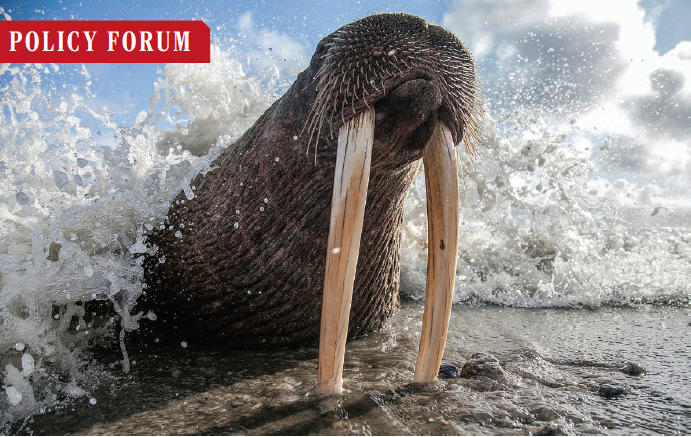How Biden Can Improve Science and Trust Under the Endangered Species Act

Today, Science published an article that I wrote with four colleagues about improving US endangered species policy. We focus on how a different presidential administration could address two longstanding problems with whether and how to protect species under the Endangered Species Act—problems that the Trump administration elevated to public debate last summer.
Last August, the Trump administration adopted sweeping changes to the ESA regulations. One very controversial change was a new definition of the “foreseeable future,” which is used to determine how far into the future our federal wildlife agencies should look when deciding whether to protect a species under the ESA. Many conservationists argued that this new definition would limit the agencies’ abilities to consider climate change impacts in ESA listing decisions. Their remedy is to ask a Biden administration to return to the prior definition that had been in place since 2009.
In today’s article, we argue that this remedy won’t deliver the clear, workable approach to the foreseeable future that conservationists want. Like the new definition, the prior definition was murky and led to many inconsistent decisions about whether to list a species. What’s truly needed is comprehensive new policy on how the foreseeable future is interpreted, especially how the agencies deal with climate change uncertainties. Without this deeper reform, returning to the prior definition is like putting a Band-Aid on a cut that can’t heal.
Our article points to a similar challenge with how wildlife agencies determine ESA protections for threatened species through so-called “4(d) rules.” Last year, the Trump administration rescinded the Fish and Wildlife Service’s longstanding policy that automatically extends to threatened species the full protections of section 9 of the ESA. This move sparked major public outcry, on the concern that it will weaken protections. But whether this outcome materializes depends less on the Trump reversal and more on how the Service exercises its very broad discretion in deciding how much protections to give threatened species. For anyone who closely follows the ESA, remember the very controversial 4(d) rules for the lesser prairie chicken, polar bear, and northern long-eared bat? All of those predated Trump. If you didn’t like those 4(d) rules, then simply revoking the Trump regulations doesn’t solve your problem. Instead, what you want is the Service to issue clear direction on when and how it writes 4(d) rules, so that there’s predictability and consistency about how each rule strikes the right balance between protecting species without unduly burdening the public.
A Biden administration can begin tackling both of these gaps in ESA policy within its first year. By doing so, it can make listing decisions and 4(d) rules more science-based and legitimate in the public’s eye. And that can lead to fewer ESA controversies and more bandwidth to focus on the crucial task of recovering species.
Here’s a direct link to the PDF of our article.

